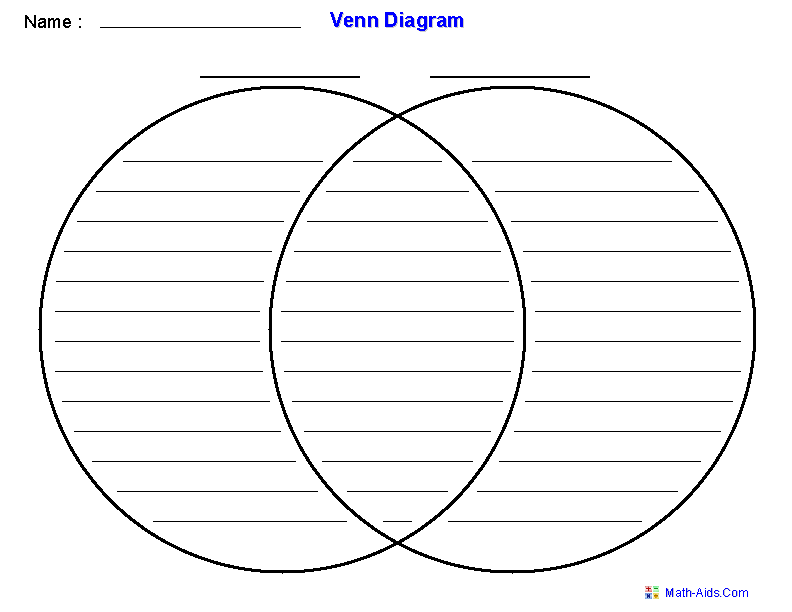In 6th grade we work with both fiction and non-fiction daily. I read to the students daily for about 20 minutes after lunch. I usually try and tie our read aloud to something we are studying.
Right now we are reading Julius Caesar by Shakespeare. Before we started the play, we had a week long unit on William Shakespeare, the time period in which he wrote and the students had finished a unit on Roman History.
The book we are reading is The Shakespeare Stealer
The book is about a boy who finds himself at The Globe theater with the players of Hamlet, during the time Shakespeare is actively writing plays.
A graphic organizer I would use when working with the fiction/non fiction aspects of the above would be a Venn Diagram. I would use a two circle model
1) Shakespeare's Life and Times
2) Shakespeare Stealer
A graphic organizer I would use when working with the fiction/non fiction aspects of the above would be a Venn Diagram. I would use a two circle model
1) Shakespeare's Life and Times
2) Shakespeare Stealer

I expect the students to put the characters on the outside portions of the circles and I'd expect to have to assist students in thinking of the portions in the story that talk about the parts which overlap - women playing the parts in the plays, the types of housing and language the people spoke on the street, etc.
This would serve to illustrate the part of Shakespeare which is "real history" and the part which is fictional from the story.
Also, I worked with my class on making a graphic organizer(s) to tell the difference between fiction and non-fiction. I asked the students to be creative. Here are some pictures of what they did:
Also, the parts I think ELL students would find easy is identifying the subject and the difference between a non-fiction book, for instance, about dogs and a story which features talking dogs having adventures.
What might be difficult is listing out (in words) the features of fiction v non fiction. So, using pictures would make explaining easier. With the student graphic organizers, some/most illustrated their organizers with images of their topic. Doing this would also assist ELL learners.





No comments:
Post a Comment